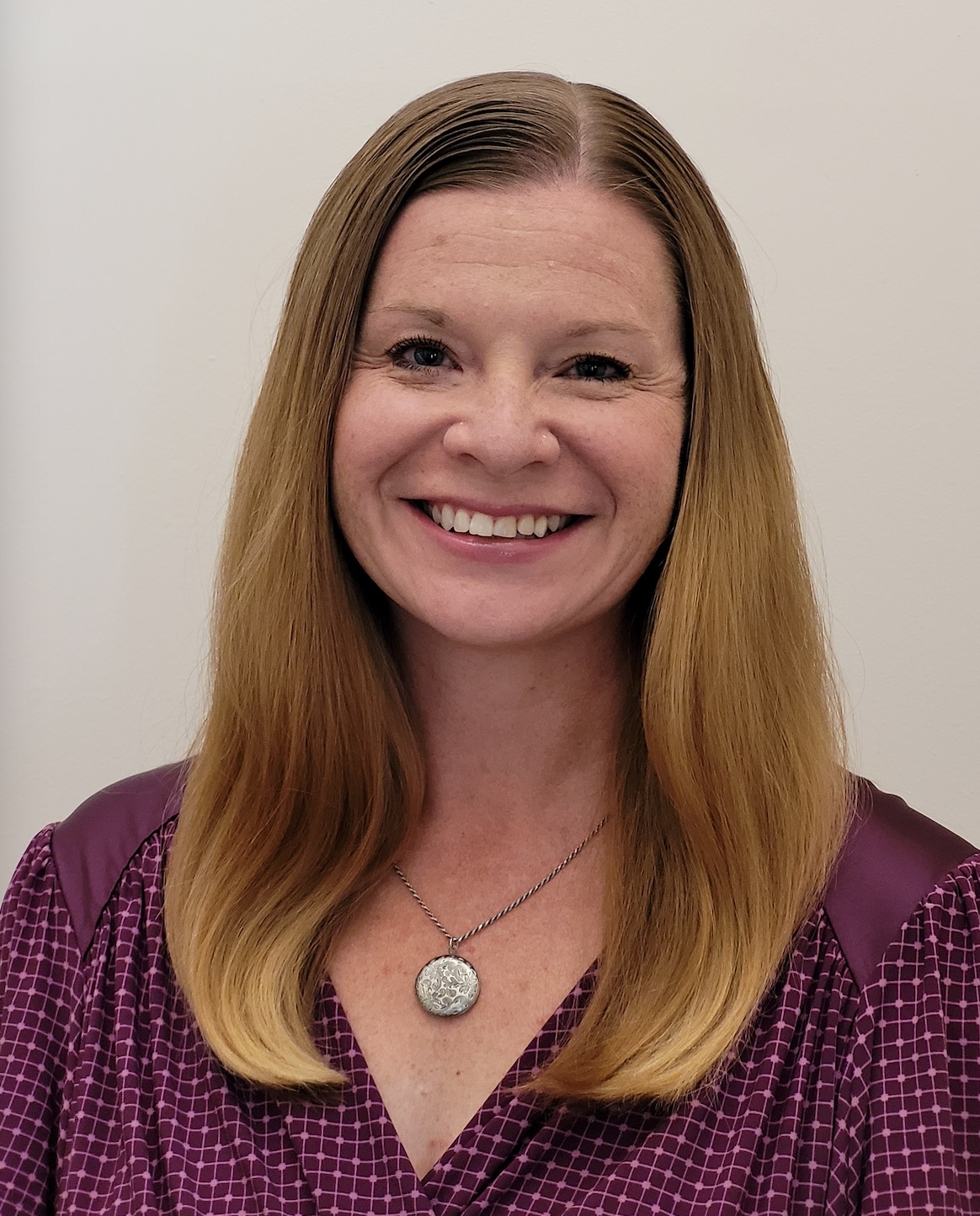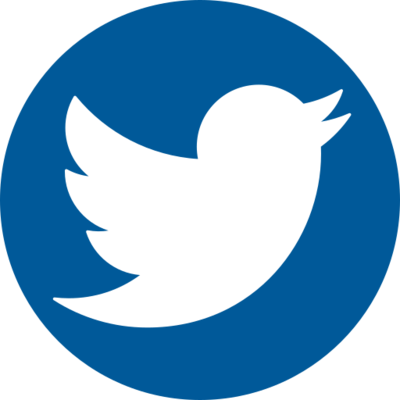
Summary
The patient referral management network is an important and integral part of quality patient-centered care. According to a report in the Milbank Quarterly, "Dropping the Baton:Specialty Referrals in the United States," more than a third of patients are referred to a specialist each year, and the number is growing. “From 1999 to 2009, the absolute number of visits resulting in a physician referral increased 159% nationally, from 41 million to 105 million.” Primary Care Physicians (PCP) coordinate their efforts with other doctors to optimize a patient’s outcome. It would seem simple enough for PCPs to refer a patient to another doctor or specialist for a consultation or additional service. Yet, due to the number of entities involved and the old technologies used such as fax, scanned documents, and legacy EMR/EHR systems, referrals are a complex process. This complexity creates frustration, unnecessarily increased costs, additional work, and wasted time for PCPs, specialists, and patients. To achieve a better patient and financial outcome, providers should adopt a digital mindset as a modernized approach to healthcare in which optimizing interphysician communication is the central activity of patient care coordination.
Let’s take a look at five challenges providers are currently encountering in the patient referral management system.
5 Challenges Providers Face with Patient Referrals
- Document Exchange Disconnect - Fax machines are the communications tool of choice for healthcare providers. While it may seem easy for the medical staff to send or receive patient documents via fax, it actually isn’t. There’s much more work to it than meets the eye. Physician offices exchange a high volume of documents on a daily basis. This influx of paper without a consistent mechanism to navigate it to the right patient file can lead to misplaced information, incomplete records, lost lab, and x-ray results. It results in staff spending time either searching for the documentation, asking patients to retake the lab tests or resend their medical history, or sending re-requests to other providers.
Another problem that often occurs with this antiquated information transfer is the latency between one provider to another in which the patient’s information didn’t arrive altogether or at all prior to the scheduled appointment. Having the patient’s information automatically fed into electronic health or medical record through zPaper’s platform reduces the chance of their confidential health history being lost, late, or misfiled. - Staff Workload - The referral process at times poses an administrative burden for clinicians and staff. In addition to the redundant paperwork requests mentioned above, they must manually process and enter patient data received from emails, scanned documents, and faxes. Disappointingly, they spend more time on these mundane tasks than on what’s essential – patient care.
- Medical Errors - These deficiencies between fax and digital systems can lead to critical and costly errors. “Faulty systems, processes and conditions... lead people to make mistakes or fail to prevent them.” Administrative mistakes may delay or prevent treatments, cause a misdiagnosis, or worst malpractice suit. Researchers at Johns Hopkins University examined more than 350,000 malpractice claims over 25 years and found that diagnostic errors defined as missed, wrong, or delayed diagnoses accounted for nearly 29% of claims.
- Referral Tracking or Leakage - The workflow of the referral process has to automatically be closed loop. In a study conducted between July 1, 2015, and June 30, 2016, using electronic medical record (EMR)-generated data to analyze referral closure, only 34.8% of the referral scheduling attempts resulted in documented complete appointments. Ideally, a PCP’s referral to a specialist would lead to an immediate consultation with recommendations for the PCP to review. However, nurses and providers, oftentimes, have to follow up on open referrals by calling specialists to determine if the patient actually attended the appointment, canceled or didn’t show up, instead of receiving a status notification at the time of the appointment. Conversely, specialists should also return their diagnoses or recommendations back to the referring physician to complete the patient’s health journey. In another study, a quarter of the PCPs had not received any information from specialists four weeks after specific referral visits. Better collaboration by streamlining the communication channels among PCPs and specialists strengthens the responsibility of patient care.
“Our platform is the bridge between traditional or legacy systems and digital,”
- Julian Barrios - VP of Sales and Channel Management at zPaper.
The referral process is a point of patient vulnerability and closing it is critical to ensure patient safety. A provider’s transition to a digital document exchange will ensure a seamless information flow. Nurses can submit referrals electronically and the staff can book appointments at the time the referral is made. Not only that, they can obtain a real-time status of the patient’s visit. Implementing zPaper’s innovative solution with Salesforce will streamline your document exchange, whether your documents arrive through physical or digital channels. “Our platform is the bridge between traditional or legacy systems and digital,” according to Julian Barrios, VP of Sales & Channel Management at zPaper. zPaper guides the influx of papers to seamlessly and appropriately and capture, process, and manage patient records and data. By facilitating this stream of new patient referrals, you now have more time to focus on helping your patients instead of having to worry about sifting through multiple channels of documents.
For more information about how zPaper can automate the document journey process for you and your patients, watch this video or contact a zPaper Sales Development Representative to schedule a consultation.












